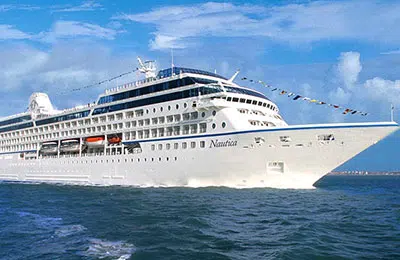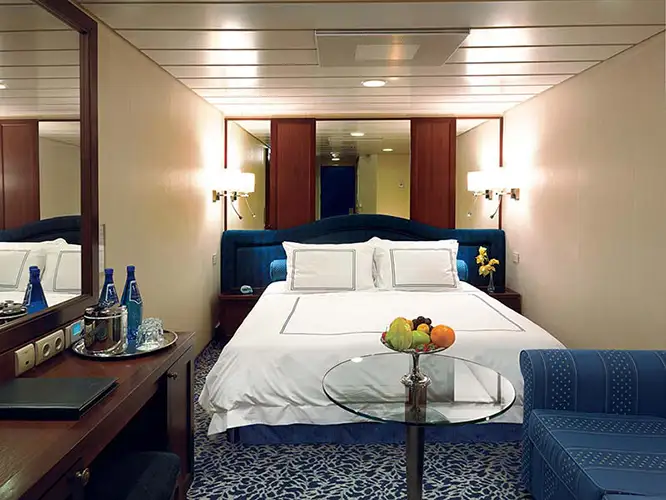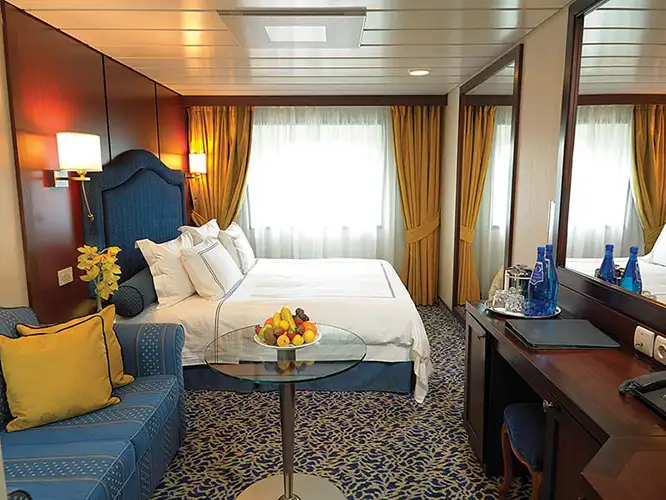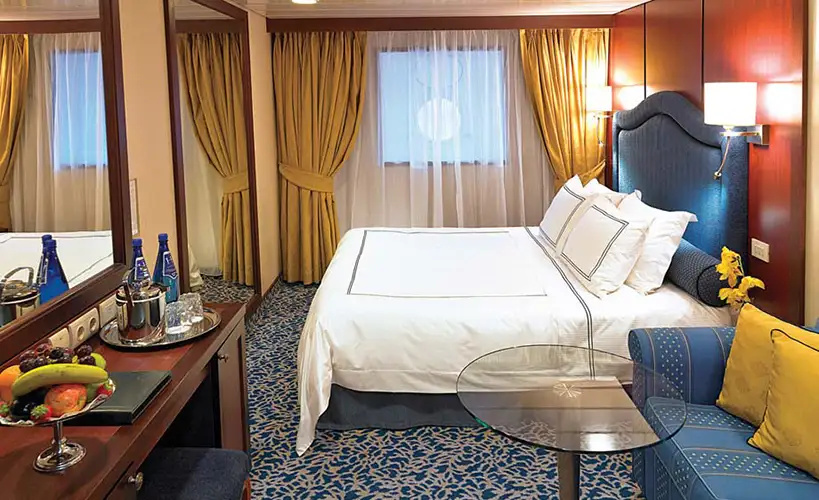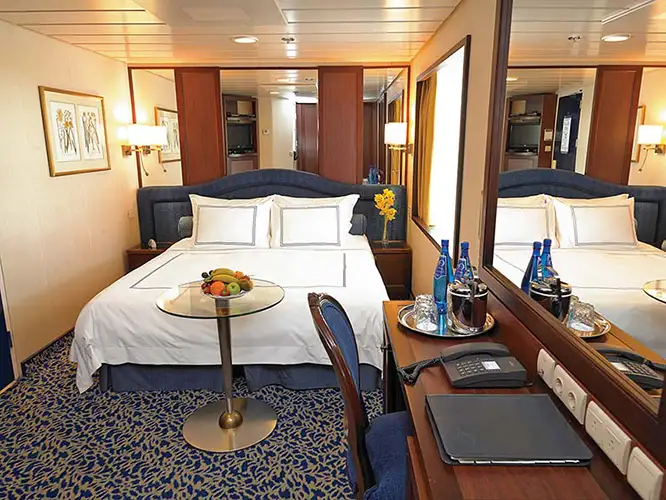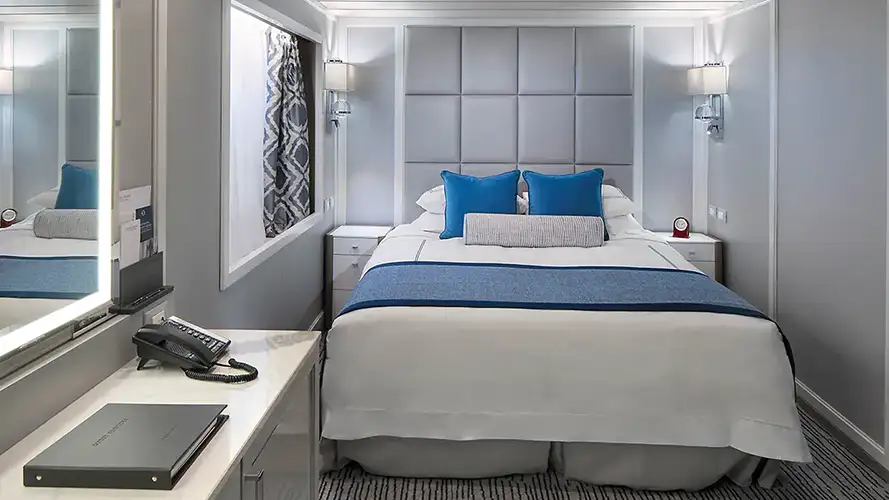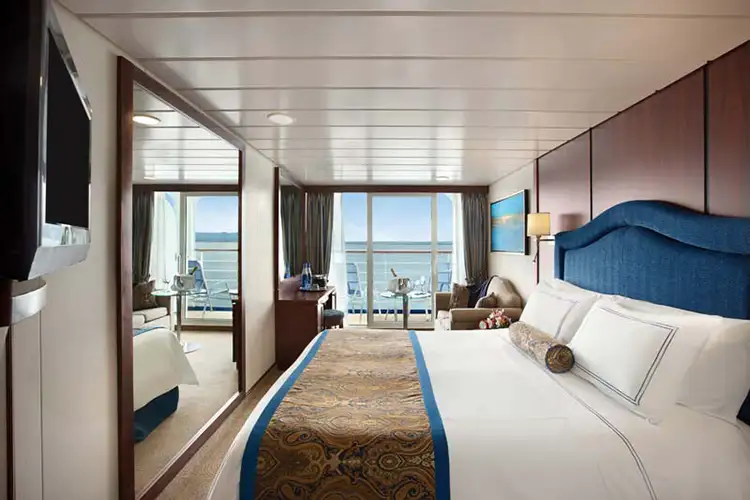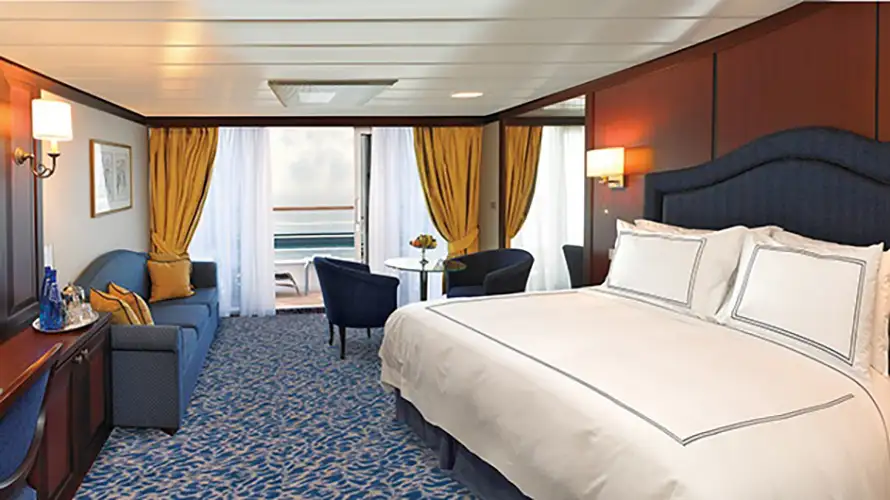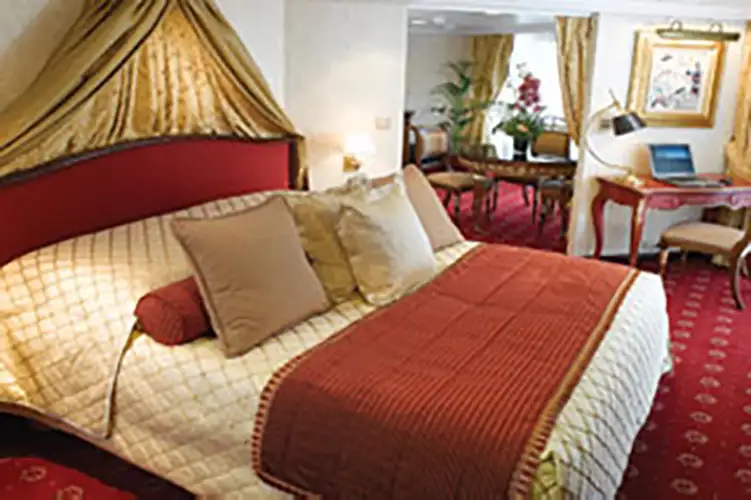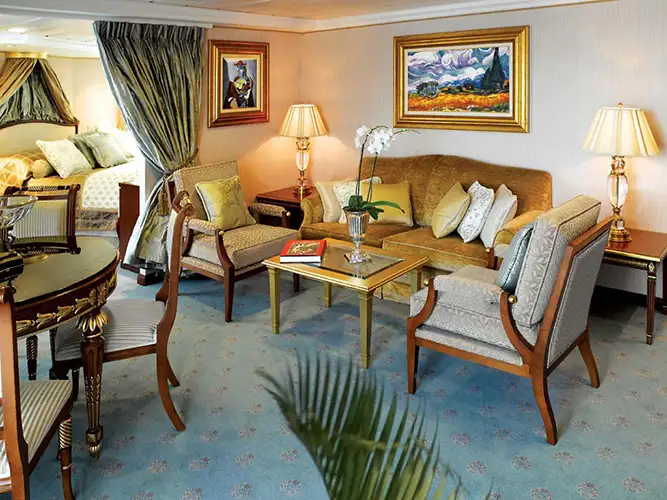34 nights from Cape Town (South Africa) with Nautica
West Africa: South Africa, Namibia, Sao Tome and Principe, Togo, Ghana, Cote dIvoire, Gambia, Senegal, Cape Verde, Spain, Morocco, Portugal, France, Ireland
Enter the number of occupants and age to view cabin prices
Cruise itinerary
-
Tuesday, 21 May 2024 - 09:00Cape Town
-
Wednesday, 22 May 2024 -- --Navigation
-
Thursday, 23 May 2024 07:00 - 05:00Luderitz
-
Friday, 24 May 2024 09:00 - 07:00Walvis Bay
-
Saturday, 25 May 2024 -- --Navigation
-
Sunday, 26 May 2024 -- --Navigation
-
Monday, 27 May 2024 -- --Navigation
-
Tuesday, 28 May 2024 08:00 - 05:00Sao Tome
-
Wednesday, 29 May 2024 -- --Navigation
-
Thursday, 30 May 2024 07:00 - 06:00Lome
-
Friday, 31 May 2024 09:00 - 07:00Takoradi
-
Saturday, 01 June 2024 08:00 - 05:00Abidjan
-
Sunday, 02 June 2024 -- --Navigation
-
Monday, 03 June 2024 -- --Navigation
-
Tuesday, 04 June 2024 09:00 - 07:00Banjul
-
Wednesday, 05 June 2024 08:00 - 06:00Dakar
-
Thursday, 06 June 2024 -- --Navigation
-
Friday, 07 June 2024 08:00 - 06:00Mindelo
-
Saturday, 08 June 2024 -- --Navigation
-
Sunday, 09 June 2024 -- --Navigation
-
Monday, 10 June 2024 08:00 - 09:00Santa Cruz de Tenerife
-
Tuesday, 11 June 2024 08:00 - 05:00Lanzarote
-
Wednesday, 12 June 2024 08:00 - 06:00Agadir
-
Thursday, 13 June 2024 -- --Navigation
-
Friday, 14 June 2024 07:00 - 06:00Lisbon
-
Saturday, 15 June 2024 07:00 - 04:00Oporto
-
Sunday, 16 June 2024 07:00 - 04:00Ferrol
-
Monday, 17 June 2024 08:00 - 02:30Bilbao
-
Tuesday, 18 June 2024 06:00 - not foundBordeaux
-
Wednesday, 19 June 2024 not found - 06:00Bordeaux
-
Thursday, 20 June 2024 -- --Navigation
-
Friday, 21 June 2024 08:00 - 06:00Cork
-
Saturday, 22 June 2024 08:00 - 07:00Dublin
-
Sunday, 23 June 2024 -- --Navigation
-
Monday, 24 June 2024 06:00 02:00Le Havre
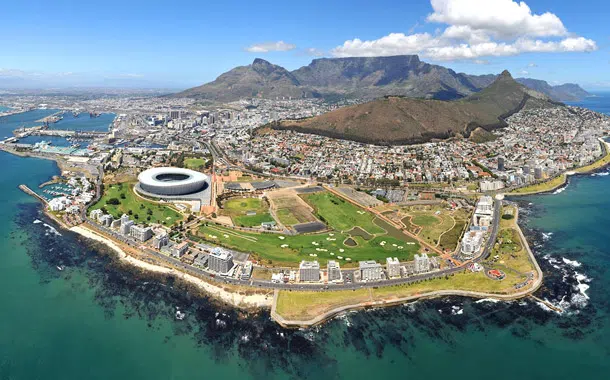
Cape Town

Luderitz
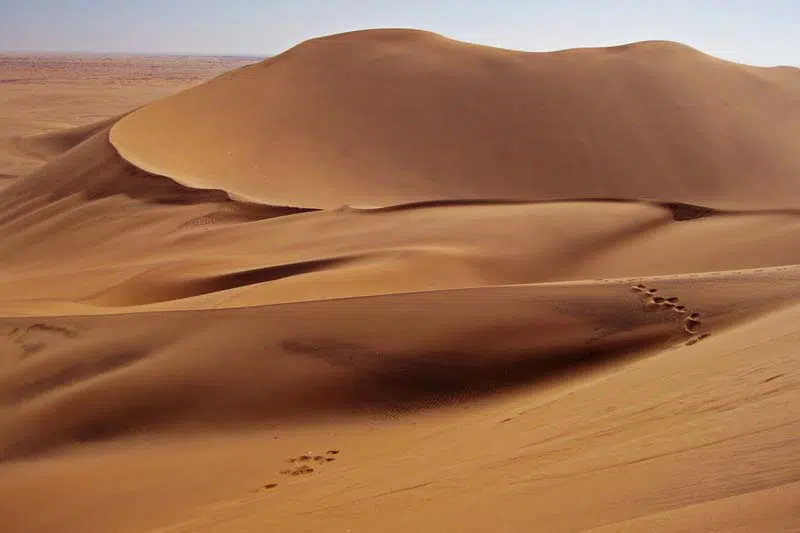
Walvis Bay

Sao Tome

Lome
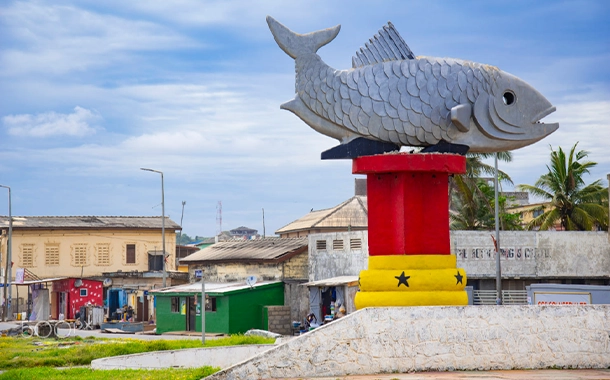
Takoradi
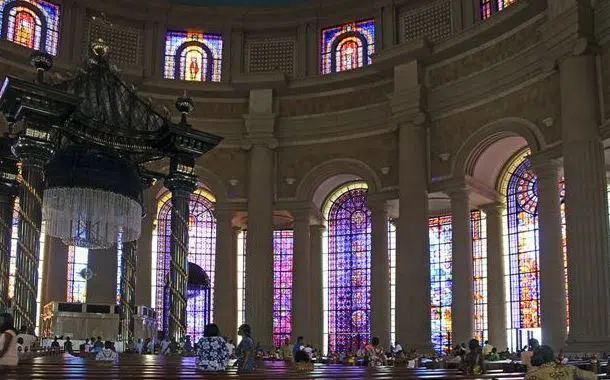
Abidjan
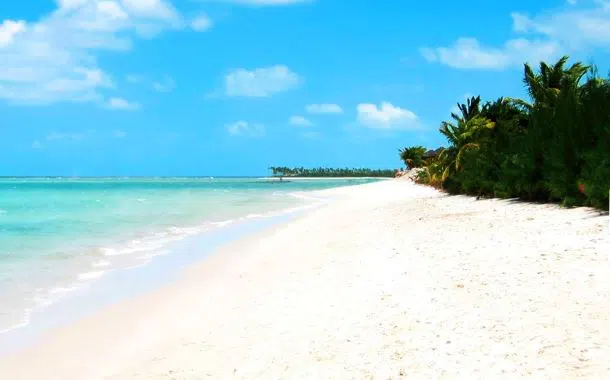
Banjul
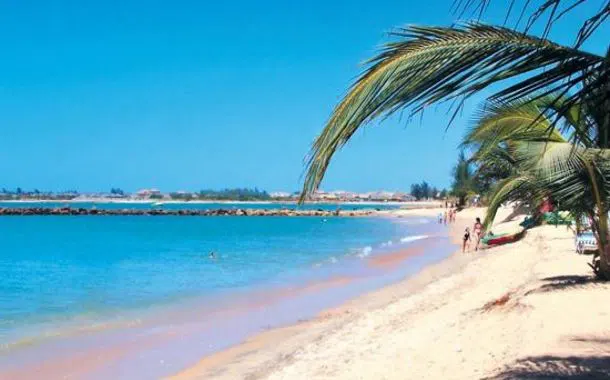
Dakar
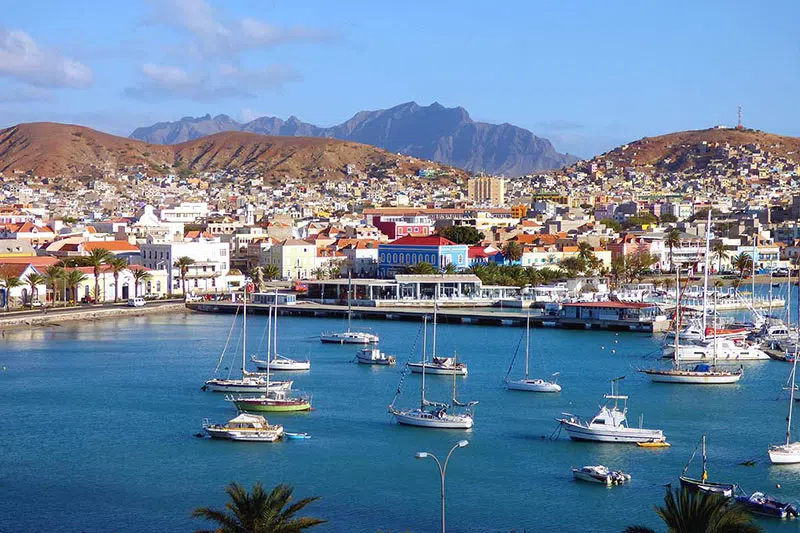
Mindelo
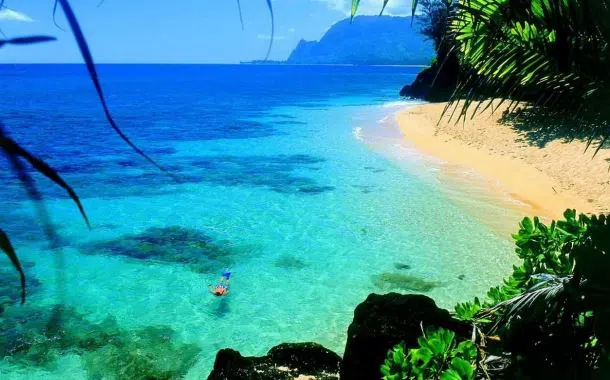
Santa Cruz de Tenerife
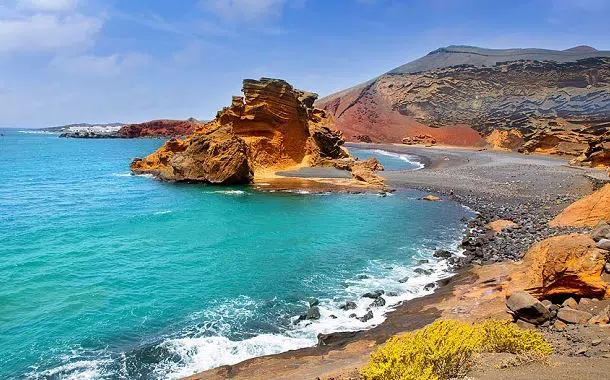
Lanzarote
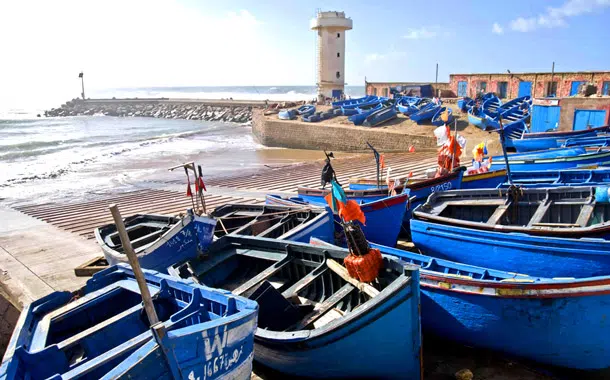
Agadir
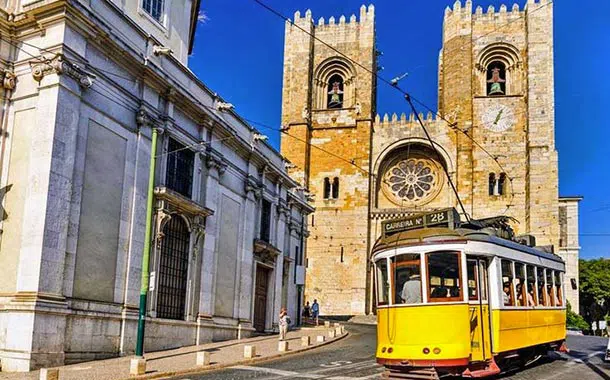
Lisbon
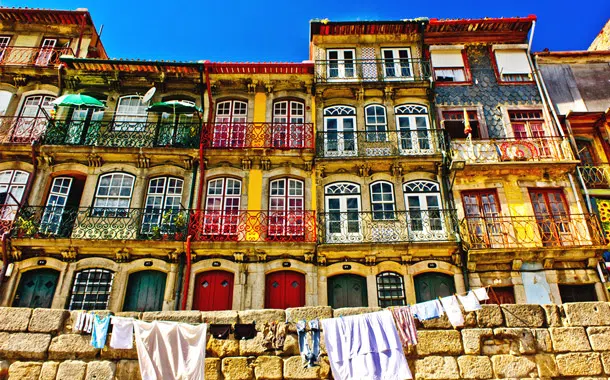
Oporto
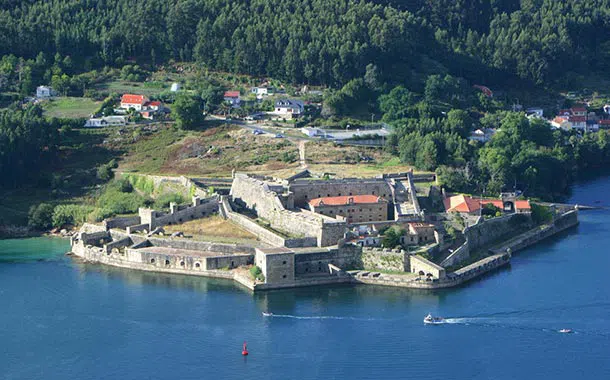
Ferrol
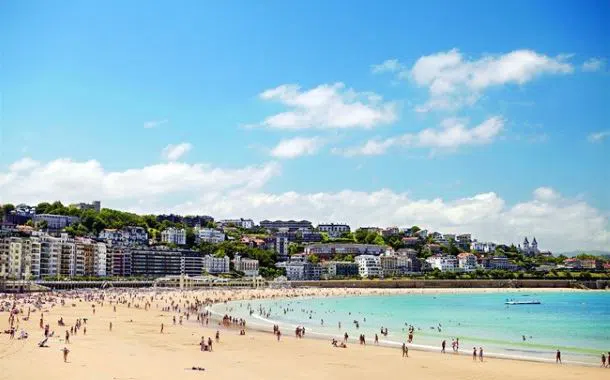
Bilbao
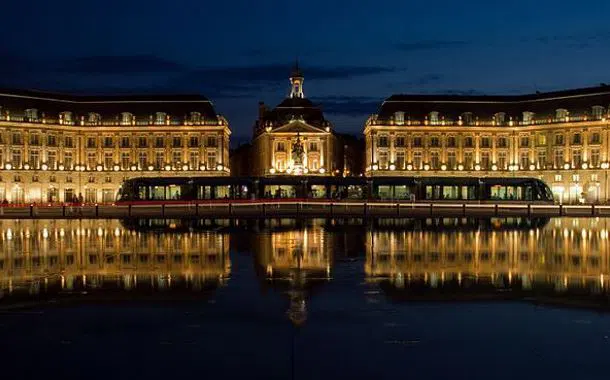
Bordeaux
Bordeaux is city on the Atlantic Ocean and its port hosts big ships. The city had initially the name Burdigala and was established in III Century B.C. by the Gallic people.
It was a neuralgic centre for the International commerce of tin and lead. After the arrival of the Romans, Bordeaux becomes one of the richest cities of Gallia and is robbed many times by populations such as Visigoths and Vandals. With the passing of time, the City starts economic relationships with England trading in salt and wine and, in XVI Century, also the colonial sugar and slaves start having a leading role in the sustenance of the city.
Bordeaux has a liveable city centre that can be visited by foot and that offers beautiful attractions and energy. At night, the city get crowded with young people filling up the main squares and the bars where you can taste excellent wines and plunge in the romantic atmosphere that the city assumes after the sunset. You can’t miss out Château de la Brède, a gothic style castle dated back to XIV Century, surrounded by a moat and an English garden. The philosopher Montesquieu lived here and tourists can visit his library and his bedroom that are just like they were in XIX Century.
We suggest to visit also the beautiful Saint Eloi Church. Established in XII Century, the construction and renovation works lasted until 1400’s. The current structure is dated back to this period. The church is one of the stop-overs of Santiago de Compostela walking tour and is part of UNESCO World Heritage. Bordeaux offers a wide variety of gastronomic and wine choices. There are many restaurants and bars where you can taste the best wines on the market and an amazing cuisine.

Bordeaux
Bordeaux is city on the Atlantic Ocean and its port hosts big ships. The city had initially the name Burdigala and was established in III Century B.C. by the Gallic people.
It was a neuralgic centre for the International commerce of tin and lead. After the arrival of the Romans, Bordeaux becomes one of the richest cities of Gallia and is robbed many times by populations such as Visigoths and Vandals. With the passing of time, the City starts economic relationships with England trading in salt and wine and, in XVI Century, also the colonial sugar and slaves start having a leading role in the sustenance of the city.
Bordeaux has a liveable city centre that can be visited by foot and that offers beautiful attractions and energy. At night, the city get crowded with young people filling up the main squares and the bars where you can taste excellent wines and plunge in the romantic atmosphere that the city assumes after the sunset. You can’t miss out Château de la Brède, a gothic style castle dated back to XIV Century, surrounded by a moat and an English garden. The philosopher Montesquieu lived here and tourists can visit his library and his bedroom that are just like they were in XIX Century.
We suggest to visit also the beautiful Saint Eloi Church. Established in XII Century, the construction and renovation works lasted until 1400’s. The current structure is dated back to this period. The church is one of the stop-overs of Santiago de Compostela walking tour and is part of UNESCO World Heritage. Bordeaux offers a wide variety of gastronomic and wine choices. There are many restaurants and bars where you can taste the best wines on the market and an amazing cuisine.
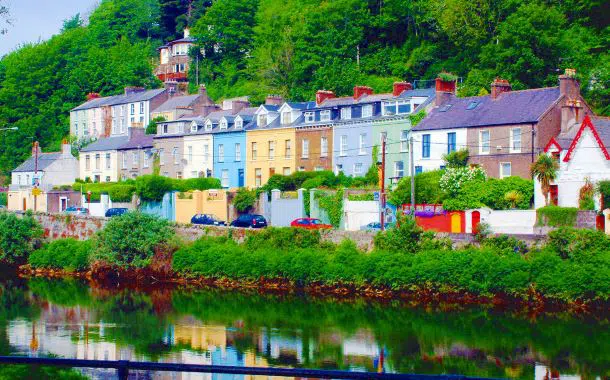
Cork
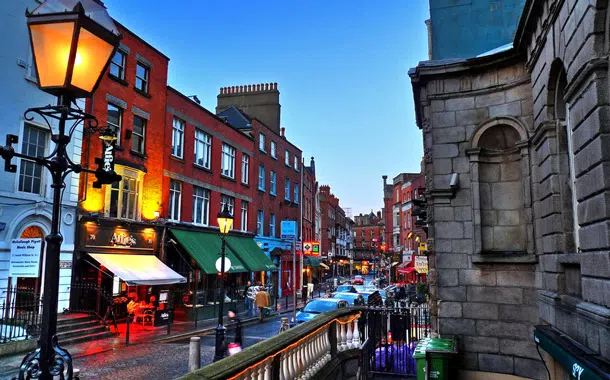
Dublin
Dublin has a powerful aura and if it captures you, you will always be left wanting more. This is a great thing for a small capital.
Today, Dublin has one of the youngest populations in Europe, who frequent funky bars, sophisticated restaurants and the renovated city streets. However, in the contemporary urban landscape of Dublin it is still possible to find traditional pubs, nostalgic museums and even horse-drawn carts to take you down cobblestone streets.
Meanwhile, a myriad of historic attractions and museums, including Trinity College, Ireland's oldest university, and the Guinness Storehouse, make you feel like you are reliving history of this wonderful city.
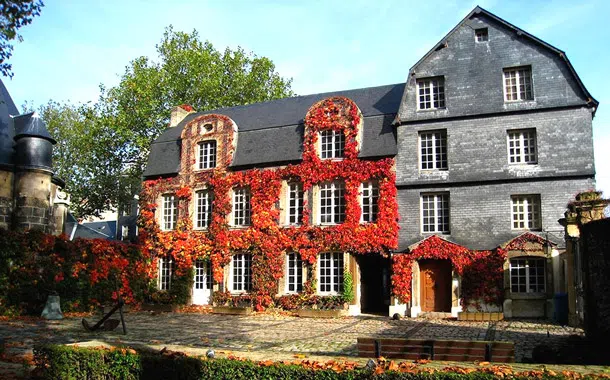
Le Havre
Le Havre is worth a visit, not only as a stopover on the way to Paris or other inland destinations, but also as one of the great examples of post-war planning. It is a strange and strangely fascinating city, listed by
Unesco as a World Heritage Site.
Wandering through the streets of the seaside town of Le Havre, one might think one had stumbled upon a forgotten outpost of the Eastern Bloc. Obliterated by World War II bombings, the city was completely rebuilt by the Belgian architect Auguste Perret and, what emerged from the ashes of old Le Havre, is a kind of love letter to concrete: endless rows of blocks of buildings, straight avenues stretching out from the central square, dominated by the 100 m high 'Stalinist Baroque' style cathedral, looks like something straight out of the pages of '1984'.
